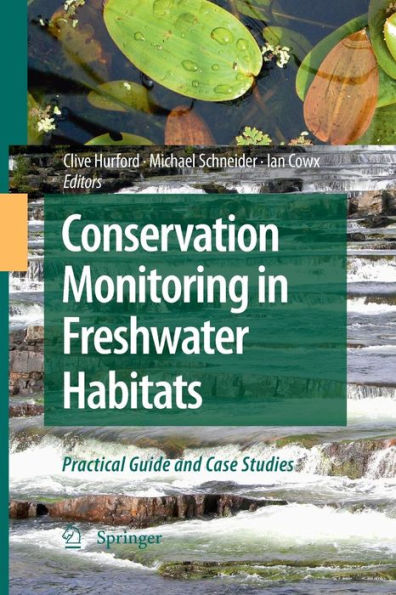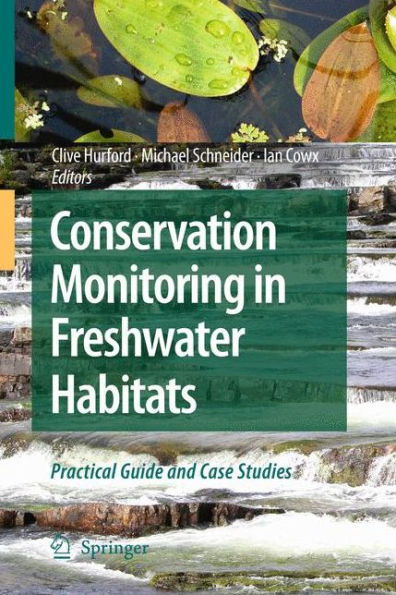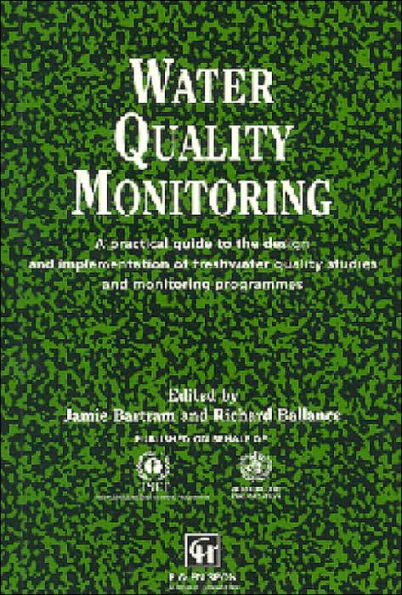Home
Conservation Monitoring in Freshwater Habitats: A Practical Guide and Case Studies
Loading Inventory...
Barnes and Noble
Conservation Monitoring in Freshwater Habitats: A Practical Guide and Case Studies
Current price: $219.99


Barnes and Noble
Conservation Monitoring in Freshwater Habitats: A Practical Guide and Case Studies
Current price: $219.99
Loading Inventory...
Size: OS
*Product Information may vary - to confirm product availability, pricing, and additional information please contact Barnes and Noble
As in the terrestrial environment, most data collection from freshwater habitats to date falls into the survey, surveillance or research categories. The critical difference between these exercises and a monitoring project is that a monitoring project will clearly identify when we need to make a management response. A Model for Conservation Management and Monitoring Monitoring (as defined by Hellawell) is essentially a tool of practical conservation management, and Fig. 1.1 shows a simple, but effective, model for nature conser- tion management and monitoring. The need for clear decision-making is implicit in this model. First we must decide what would represent a favourable state for the key habitat or species, and then we must decide when to intervene if the state is (or becomes) unfavourable. A third, often overlooked, but equally important, decision concerns when we would consider the habitat or species to have recovered; this is unlikely to be the same point that we became concerned about it. This decision not only has resource imp- cations, it can also have major implications for other habitats and species (prey species are an obvious example). All of these decisions are essential to the devel- ment of an efficient and effective monitoring project.


















